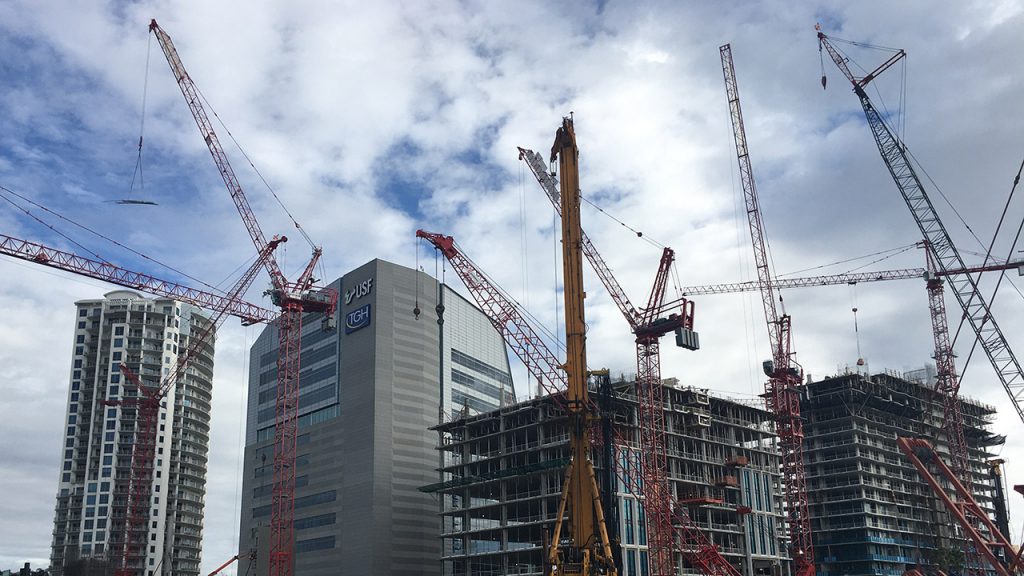Using COMMAND Center™ to monitor concrete maturity and strength can help you build faster, better, and for less money
The COMMAND Center™ maturity method saves time, money, and effort by providing reliable strength estimates quickly—and you won’t have to break a large number of test beams or cylinders in a lab. Your strength estimates come live from the job site rather than from a laboratory with curing conditions that may be different from conditions in the field.
COMMAND Center™ uses the maturity method to help concrete projects increase the potential for cost savings and profits by increasing safety, improving construction methods, and expediting construction schedules.
Construction contractors and managers, ready-mix suppliers, testing and engineering labs, researchers, and owner agencies use COMMAND Center™ to more accurately predict early-age concrete behavior.
Common Questions
Benefits of Using COMMAND Center™ to Monitor Concrete Maturity and Strength




